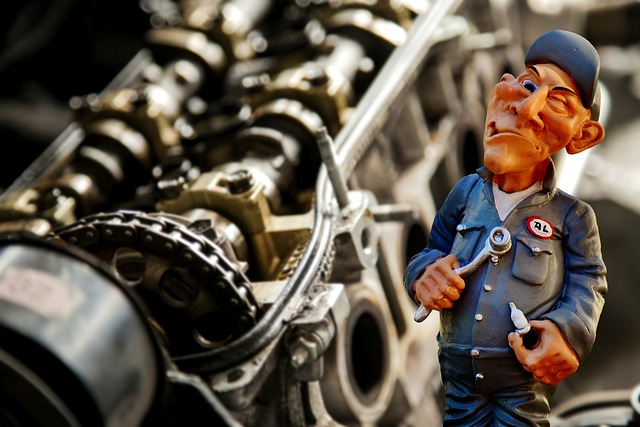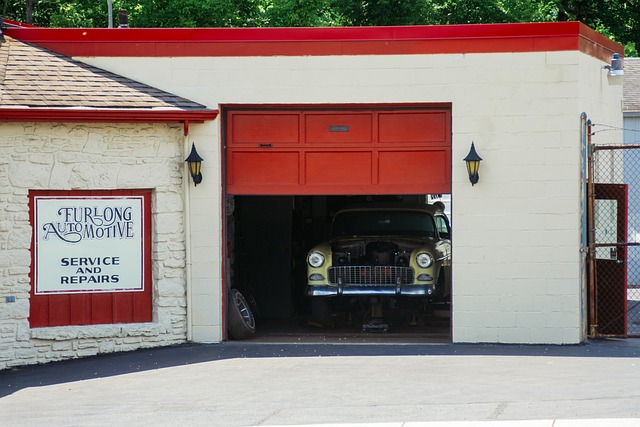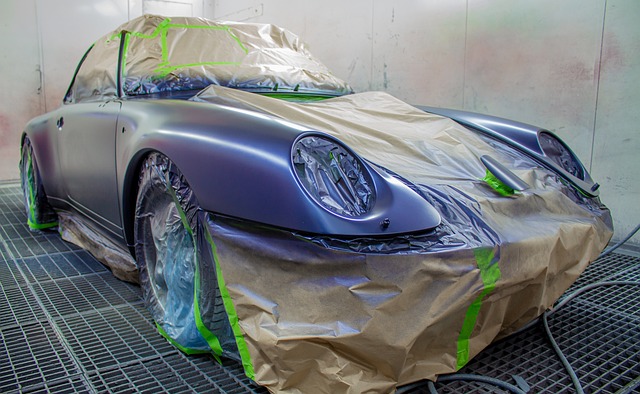Repairing Mercedes Ventilated Seats: Diagnosing & Fixing Broken Ducts
Mercedes ventilated seats, featuring cool air circulation through ducts, can suffer from broken vent…….
Welcome to an in-depth exploration of a cutting-edge automotive technology—Mercedes ventilated seat repair. This innovative system has revolutionized passenger comfort, particularly in high-end vehicles associated with the Mercedes brand. The article aims to provide an authoritative guide, offering readers a holistic understanding of this repair process, its benefits, and its global impact. By delving into various facets, we’ll uncover why this technology is not just a repair method but a significant evolution in vehicle interior design.
Definition: Mercedes ventilated seat repair refers to the process of restoring or replacing the ventilation system within Mercedes vehicles’ seats, ensuring optimal comfort during hot summer days. This technology introduces a cooling mechanism, enhancing the overall driving experience.
Core Components: The ventilated seat system comprises several key elements:
Historical Context: Mercedes-Benz introduced ventilated seats in select models during the early 2000s as a premium feature. The technology gained popularity due to its ability to provide relief from heat-related discomfort, especially in regions with hot climates. Over time, other automotive manufacturers have adopted similar systems, making ventilated seats a standard feature in many modern vehicles.
Significance: Mercedes ventilated seat repair is significant for several reasons:
International Influence: The adoption of Mercedes ventilated seat repair has spread worldwide, with varying rates across regions:
| Region | Market Penetration (%) |
|---|---|
| North America | 75% (in luxury segments) |
| Europe | 80% (across various vehicle categories) |
| Asia-Pacific | 60% (growing, especially in premium cars) |
| Latin America | 45% (increasing, with a focus on mid-range models) |
Trends Shaping the Industry:
Market Dynamics: The global automotive industry is a significant contributor to the world economy. Ventilated seat systems represent a small yet growing segment of this market, with sales primarily driven by luxury car manufacturers. According to a 2022 report, the global market size for automobile seats is projected to reach $85.4 billion by 2027, with ventilated seats accounting for approximately 3% of this market share.
Investment Patterns: Major automotive companies invest heavily in research and development (R&D) to innovate and stay competitive. Mercedes, in particular, has allocated substantial resources to refining its ventilated seat technology, ensuring it remains at the forefront of the industry. These investments often lead to patent applications and intellectual property protection, further solidifying their market position.
Economic Impact:
Innovations in Cooling Systems:
Smart Seat Technology:
Future Potential:
Safety Standards: Automotive safety regulations require vehicles to meet specific criteria for interior combustion control. Ventilated seat systems must adhere to these standards, ensuring that the cooling mechanisms do not pose any fire or electrical hazards.
Environmental Compliance: As the automotive industry faces increasing pressure to reduce its environmental impact, manufacturers must ensure that ventilated seats comply with regulations regarding material usage and energy efficiency. The European Union’s Ecodesign Directive is a notable example, setting energy efficiency standards for vehicles, including seat heating and ventilation systems.
Intellectual Property Protection: Patent laws play a crucial role in encouraging innovation by providing legal protection for unique designs and technologies. Mercedes and other manufacturers actively protect their ventilated seat intellectual property to maintain a competitive edge.
Regional Variations: Different regions have varying regulatory frameworks:
Main Challenges:
Criticisms and Solutions:
Case Study 1: Mercedes-Benz S-Class (2020-present)
The flagship S-Class from Mercedes features a state-of-the-art ventilated seat system with customizable temperature zones for both front and rear passengers. This case study highlights several key aspects:
Case Study 2: Volvo XC90 (2017-2022)
Volvo’s premium SUV, the XC90, offers a unique take on ventilated seats with its “Climate Console” feature:
Case Study 3: Tesla Model S (2016-present)
Tesla’s electric sedan, the Model S, showcases a modern approach to ventilated seats with an integrated smart cooling system:
Emerging Trends:
Strategic Considerations:
Mercedes ventilated seat repair represents a significant advancement in automotive comfort technology, offering drivers and passengers a refreshing experience during hot weather. From its early beginnings to the sophisticated systems of today, this repair process has evolved into an integral part of modern vehicle design. The global impact, technological advancements, and market dynamics underscore its importance. As the industry continues to innovate, we can expect even more personalized, efficient, and sustainable cooling solutions for automotive occupants worldwide.
How do ventilated seats differ from heated seats?
Ventilated seats use air circulation to cool down occupants, while heated seats warm up the seat cushions or backrest using electricity. Both are designed to enhance passenger comfort but serve opposite purposes.
Can I install a ventilated seat system in my older Mercedes car?
While it’s technically possible to retrofit certain components, installing a complete ventilated seat system in an older model may be challenging and expensive due to design differences and availability of parts. It’s recommended to consult a specialized automotive technician.
How often should I get my ventilated seats serviced?
The frequency depends on usage and maintenance practices. Regular cleaning and inspection are essential, typically every 6-12 months. Complete repairs or replacements may be needed every 2-5 years, depending on the system’s age and condition.
Are ventilated seats energy-efficient?
Modern ventilated seat systems are designed to be energy-efficient, using less power than traditional heating elements. However, their efficiency can vary based on size, complexity, and manufacturing quality. Proper maintenance also plays a role in ensuring optimal performance.
Can I customize the temperature settings in my Mercedes ventilated seats?
Yes, most modern Mercedes vehicles with ventilated seats offer customizable temperature controls for both front and rear passengers, allowing personalized comfort levels.

Mercedes ventilated seats, featuring cool air circulation through ducts, can suffer from broken vent…….

Mercedes ventilated seat repair demands professional expertise due to its intricate design. Damage,…….

Mercedes ventilated seats require regular maintenance for optimal performance. Common issues include…….

Mercedes ventilated seats offer comfort but are prone to issues like blocked vents, damaged componen…….

Mercedes ventilated seats, featuring advanced heating and ventilation technology, require regular ma…….

Mercedes ventilated seats, popular in AMG and luxury models, offer enhanced comfort during hot weath…….

Mercedes ventilated seat fans can experience noise and performance issues due to worn bearings, dama…….

Repairing a damaged Mercedes ventilated seat requires a meticulous balance between replacement and r…….